Figures & data
Table 1. Lexicalisation of manner and result across language types.
Figure 1. A. Second-by-second example of a change-of-state event (filling a glass with juice) in a version with an ongoing and a ceased action at the offset of the video. B. Second-by-second example of a no-change-of-state event (measuring a box) in a version with an ongoing and a ceased action at the offset of the video.
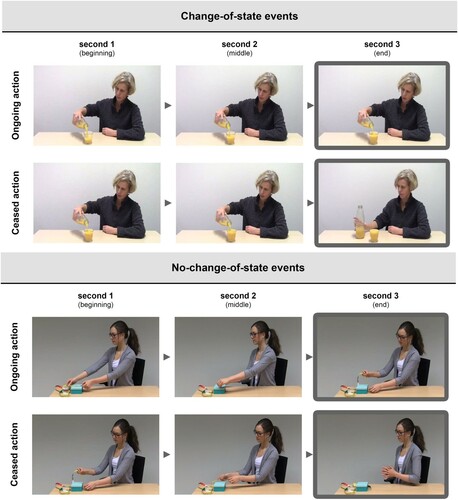
Figure 2. Recognition accuracy for the four conditions across language groups when participants encoded events during a non-verbal probe-recognition task.
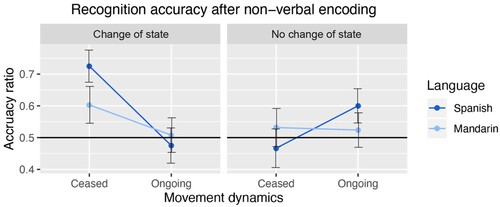
Table 2. Recognition accuracy in Experiment 1.
Figure 3. Proportion of the semantics of the different single verb and verb-satellite constructions types produced by Spanish and Mandarin speakers.
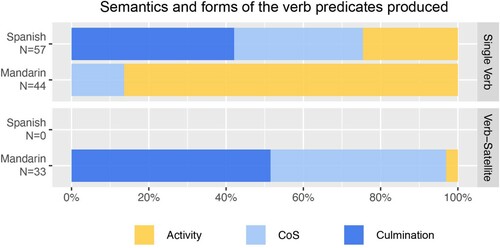
Figure 4. A. Verb semantics of the Spanish descriptions of events in the four different conditions. B. Verb semantics of the Mandarin descriptions of events in the four different conditions.
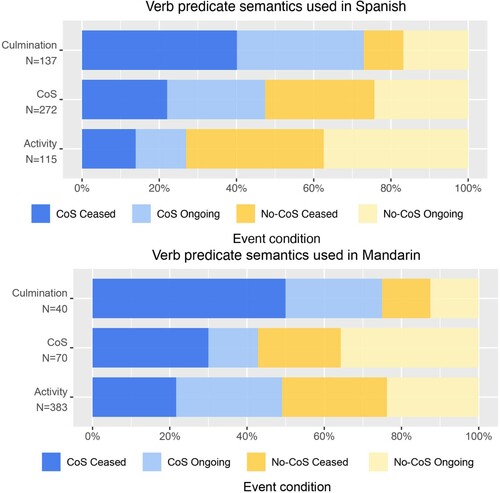
Figure 5. Recognition accuracy in Experiment 1 (non-verbal encoding) and Experiment 2 (verbal encoding) for the four event conditions across language groups.
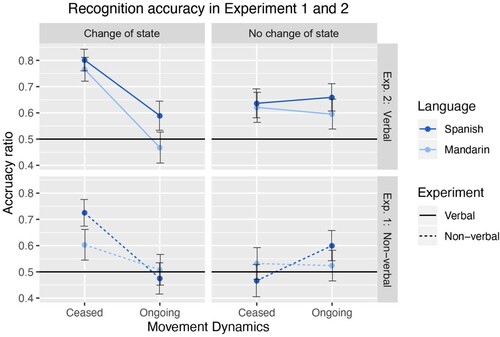
Table 3. Recognition accuracy in Experiment 1 and 2.
Figure 6. Recognition accuracy for the four event conditions when participants produced verb predicates lexicalising culmination and other semantics across language groups.
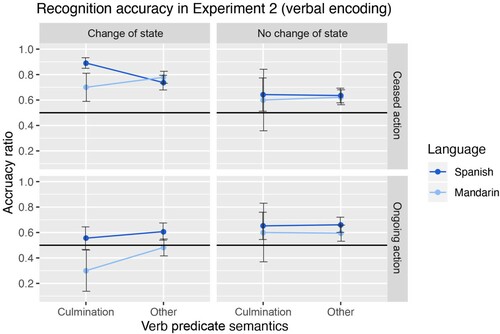
Table 4. Recognition accuracy in Experiment 2.
